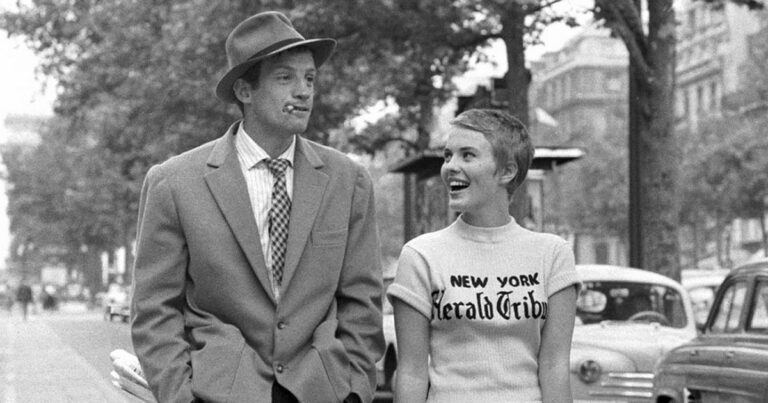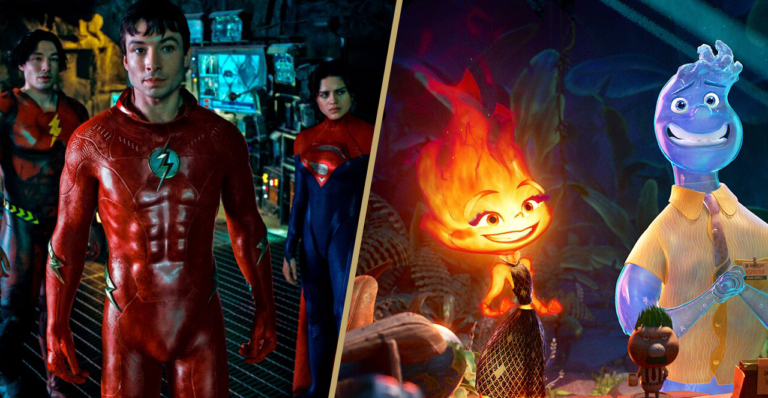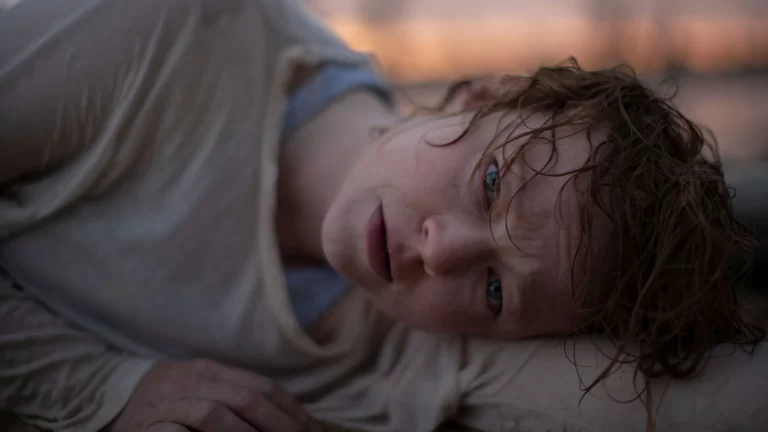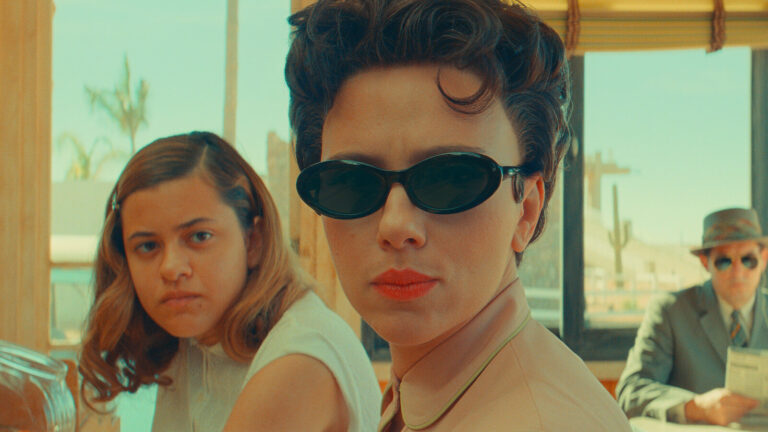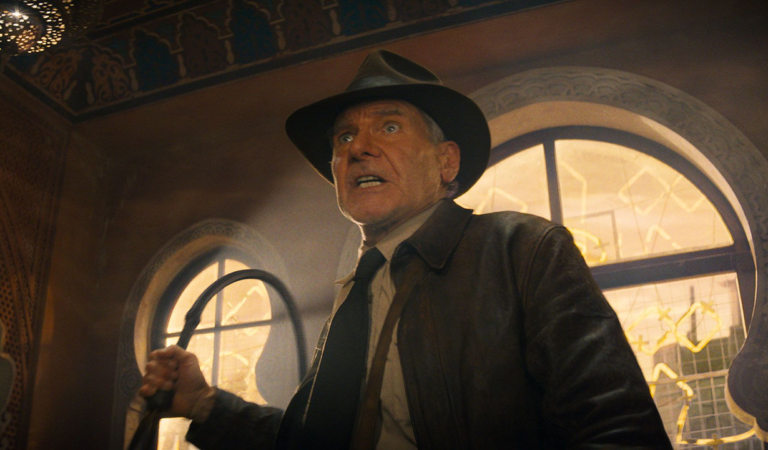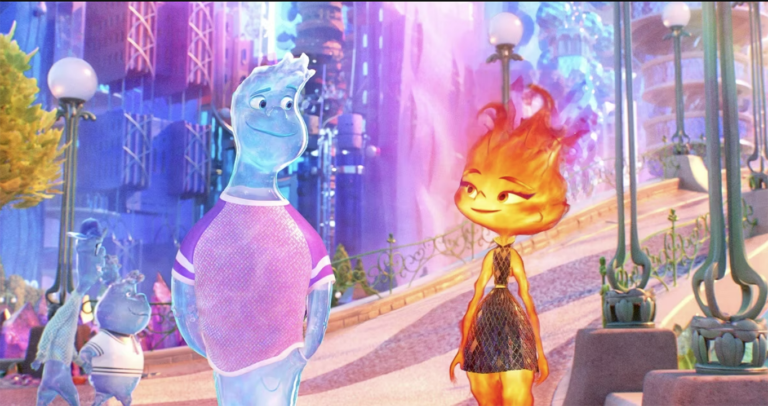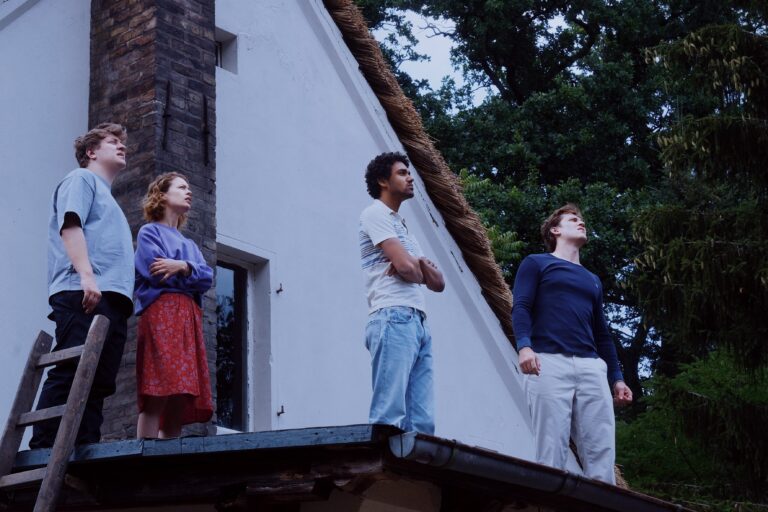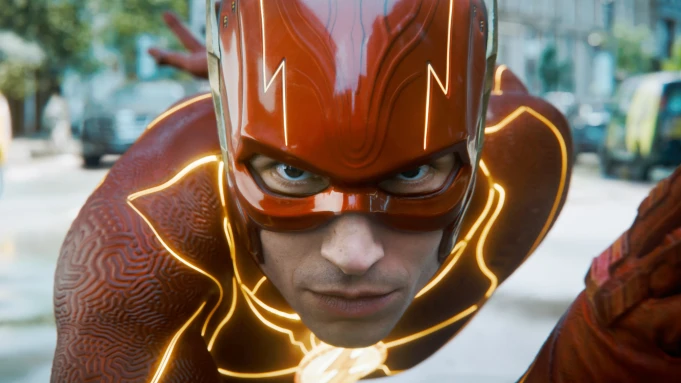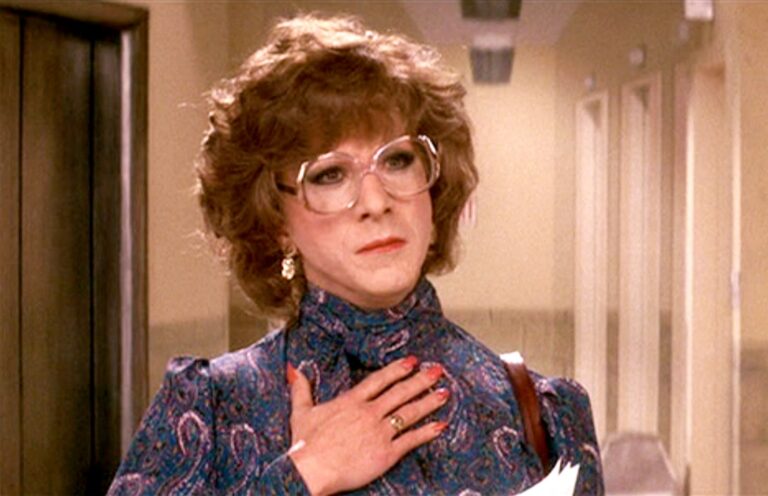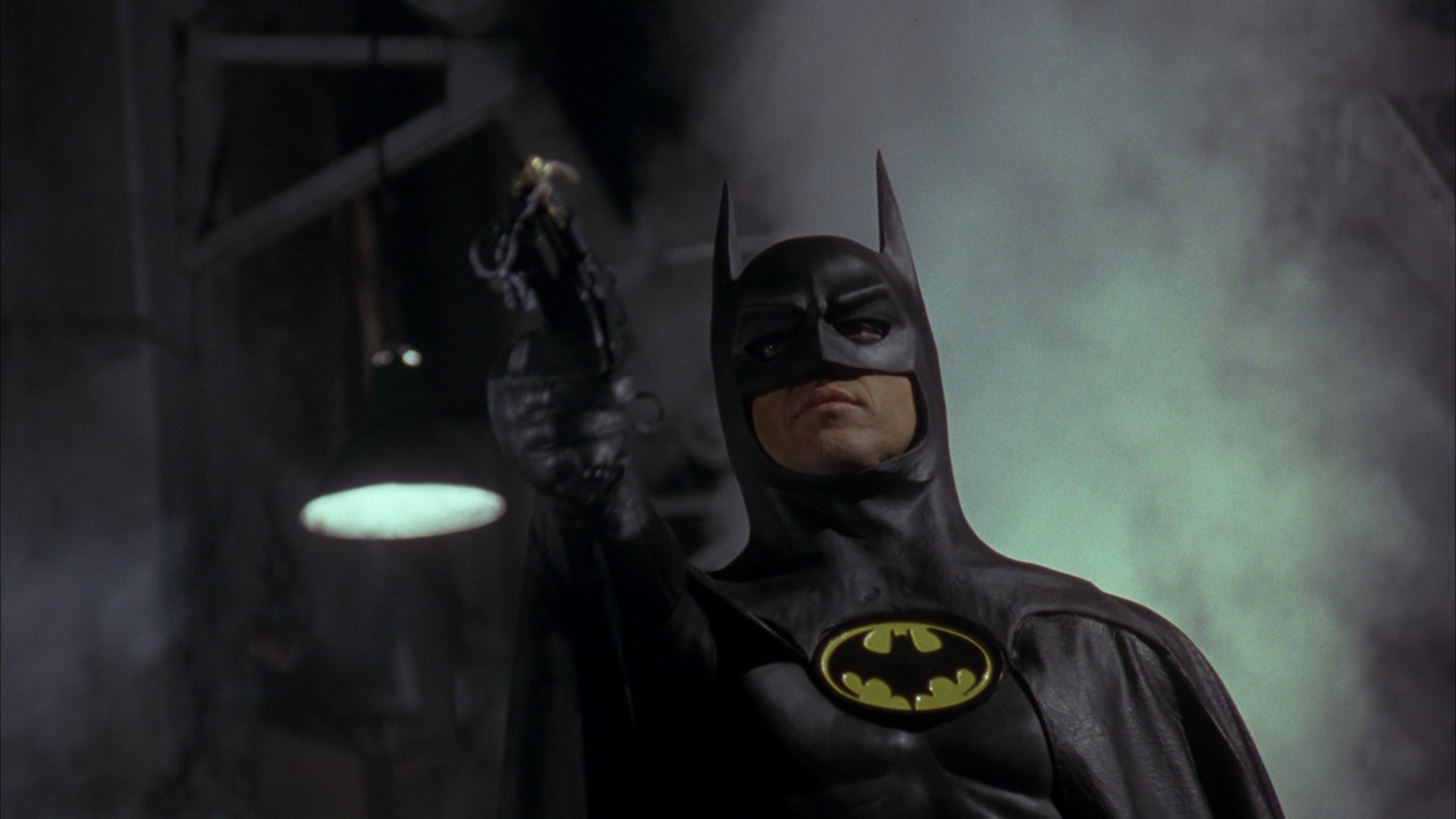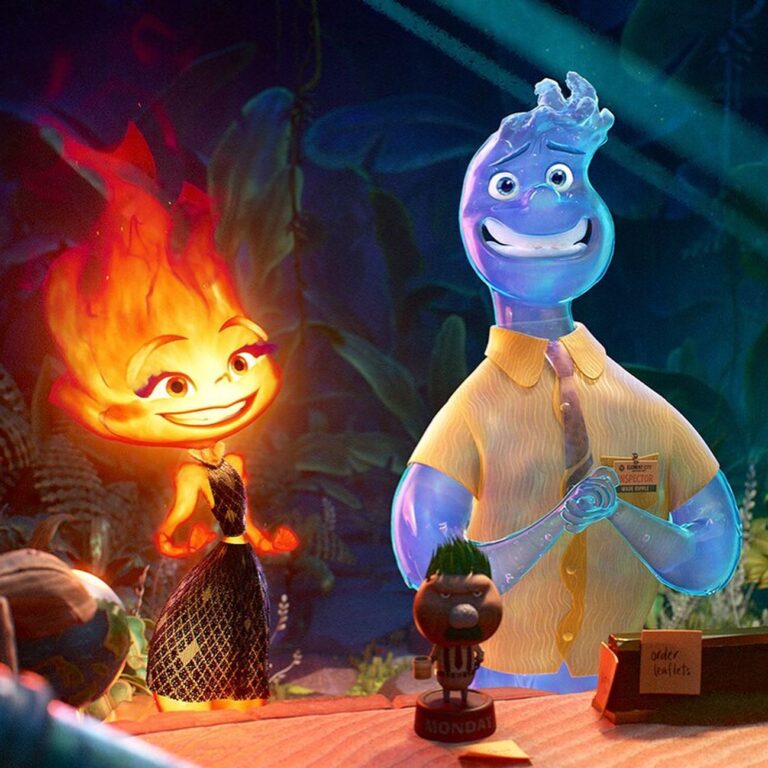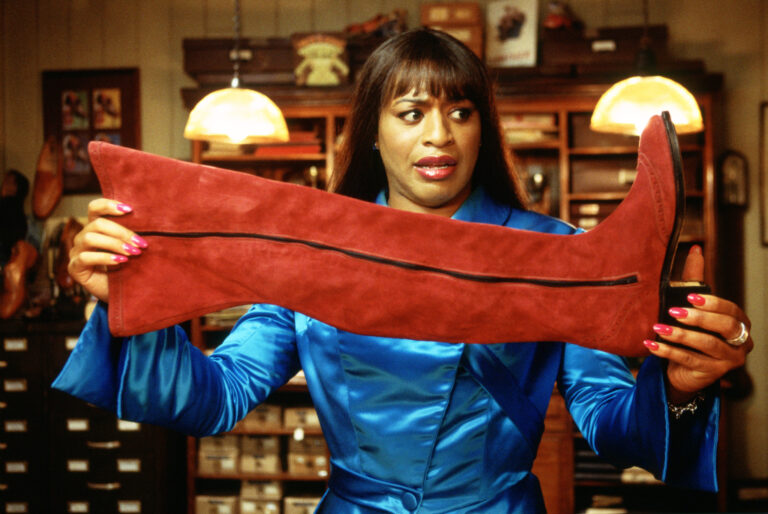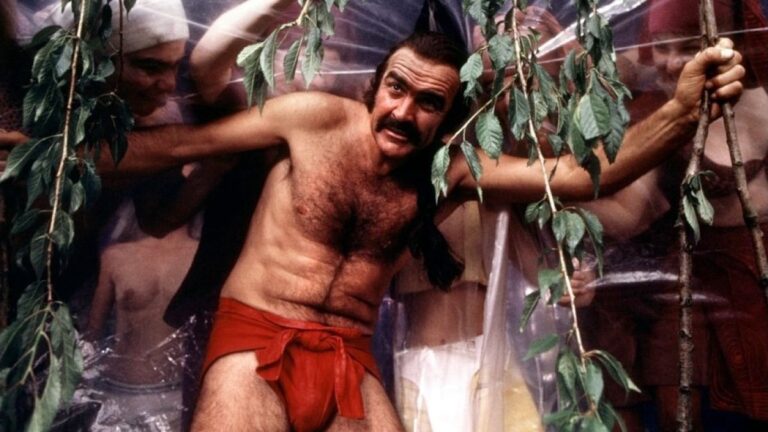I am a huge fan of Succession like many people are and am sad to see it end. The struggle for power among three siblings for their father’s media empire, influenced by the Murdoch family at Fox, is one of the most dynamic shows in the last decade that gets in your veins from the start even if you hate all of the characters. I like Cousin Greg; he is a little out there, not totally aware and nervous for his small piece of the pie, but far from being the asshole the others are. Another thing that amazes me is Kieran Culkin, not just because of his role as Roman, but also his career trajectory compared to his older brother, Macaulay. He was the ultimate child star thanks to Home Alone, and while he still has a good career as an adult, Kieran has shot past him.
There are many siblings as such, some being serious rivalries. Some have successfully worked together like Joel & Ethan Coen, the Dardenne Brothers, the Weinsteins (actually, forget them), and the Marx brothers. Others work separately – and those who just flat-out hate each other like Liam and Noel Gallagher. Then, there are those where one sibling is way more successful than the other, but there is zero envy with any of it. Frank Stallone is not complaining about what his brother Sylvester has been doing. And then, there are these other siblings.
Olivia de Haviland & Joan Fontaine
One of the most bitter sibling rivalries in Hollywood, the always strained relationship stemmed back to childhood when Joan resented her mother for always preferring her older sister Olivia as the favorite. When Joan got into the acting business after Olivia, she was told she couldn’t use her legal surname, so she used her mother’s. When both were nominated for Best Actress at the Oscars in 1942, it was Joan who won for Suspicion, and going to the stage, Joan snubbed Olivia’s hand in congratulations. When Joan approached Olivia after her own Oscar win in 1947 for To Each His Own, Olivia returned the favor and ignored her.
The final straw was in 1975 following their mother’s death; Joan was on stage touring and claimed Olivia never informed her, while Olivia claimed she sent a telegram but was told Joan wouldn’t be able to make it. Years later, when the sisters were invited to the same Oscars ceremony, someone had booked their hotel rooms next to each other and Joan was able to switch to another floor. Joan lived and died in California in 2013, while Olivia lived for decades in Paris until her passing in 2020, aged 104.
Boris & David & Mikhail Kaufman
All three brothers from the former Soviet Union studied movies in the 1920s and would go on to play separate parts in the path of cinema. David was the oldest; he is widely known in film history as Dziga Vertov after he Russianized his name following the October Revolution of 1917. He would make movies for the pro-Communist side in that country’s civil war and experiment with various techniques in his mini-series known as Kino-Pravda, or “film truth.” But it was his 1929 avant-garde documentary Man With A Movie Camera that made him a permanent influence for generations after, the film was listed as the greatest documentary ever in Sight & Sound’s Greatest Documentaries poll in 2014.
Vertov would spend his whole life in Russia, making movies through the 1930s before making way for younger directors and editing film magazines. Meanwhile, his younger brother’s career continued. Mikhail would be Vertov’s main cameraman for all of his film shorts, plus Movie Camera until a falling out between the two ended the professional relationship. The separation allowed Mikhail to make his movies and work in the Soviet film system, running different studios throughout the whole nation until his retirement in the 1970s. While he and his older brother were confined to Russia, the youngest brother would leave for France.
Boris sought to be even more independent and get away from the troublesome Eastern side of the continent. In his twenties, Boris met Jean Vigo, a major figure in French cinema even after just making four features in his lifetime, all of them shot by Boris. It allowed him to work with other French directors in the 1930s before World War II forced him to flee to North America. He was still making shorts and documentaries when Elia Kazan, preparing to shoot On The Waterfront, hired Boris because of his knowledge of on-location work which Kazan sought to replicate.
It resulted in an Oscar for Best Cinematography and a second nomination for Baby Doll. Boris then collaborated with director Sidney Lumet on seven features, including 12 Angry Men, The Fugitive Kind, and The Pawnbroker. He would shoot another film for Kazan, Splendor In The Grass, and work with Jules Dassin, George Roy Hill, and Otto Preminger before retiring in 1970. Boris died a few months after Mikhail died in 1980, but his work remains the more notable of the three thanks to his move to New York and the exposure to working with some of Hollywood’s best directors.
Herman J. & Joseph L. Mankiewicz
There wasn’t a rivalry here and both had successful careers, but the younger brother had a little more success than the older one. Herman was the oldest and is widely known for co-writing Citizen Kane with Orson Welles, winning an Oscar. The story of how that project came to be was later portrayed in David Fincher’s Mank, written by his father, Jack Fincher. Herman wrote many screenplays, credited or not, including The Last Command, The Wizard Of Oz, and The Pride Of The Yankees. He sadly died in 1953 from complications of alcoholism while Joseph was one of the biggest writers/directors in Hollywood.
After success as a producer with MGM, Joseph went to 20th Century Fox to move into the director’s chair. With head Darryl F. Zanuck as producer, Joseph would write and direct A Letter To Three Wives and All About Eve, giving him consecutive Oscars for both Adapted Screenplay and Director, 4 Oscars in two years, while Eve went on to win Best Picture. He continued to have success as an independent with Julius Caesar, The Barefoot Contessa, and his final directorial effort, Sleuth. In the middle of it, Joseph took over the wallet-burning Fox production Cleopatra. He took the job because of the massive offer from Zanuck but came to regret it because of the financial loss it suffered, nearly ending his career.
Emilio Estevez & Charlie Sheen
The sons of actor Martin Sheen, both at times came together on projects while their personal lives were different. Charlie made his breakthrough in Oliver Stone’s Platoon and Wall Street (the latter co-starring his dad) and later transitioned to TV success with Spin City and Two And A Half Men. Post-firing from Men has been very much covered in the press, from his turbulent relationships to his use of drugs, and then his stunning announcement that he tested positive for HIV after being extorted multiple times to keep it private.
Emilio, his older brother, was part of the Brat Pack in the 1980s thanks to his performances in The Outsiders, The Breakfast Club, and St. Elmo’s Fire. He also went behind the camera starting with the 1986 crime drama Wisdom when he was only 24 years old. He would direct several TV shows and movies, including teaming up with Charlie in Rated X, where they played a pair of real-life porn-producing brothers. He would also direct his father in 2010s The Way, and recently reprised his role as Gordon Bombay in the TV sequel to the famous Mighty Ducks franchise he starred in.
Warner Brothers
I wrote an article about these four brothers and how they went from a united front to a civil war where one brother, whose own Succession story is fascinating, came out with full control. Albert, Jack, Harry, and Sam all formed their first distribution company in the 1900s in Pittsburgh where they hailed from before moving to Los Angeles. On April 4, 1923, Warner Bros. Inc. began and remains 100 years later a major studio in Hollywood. To make a major challenge to their competitors, they pioneered making movies with sound, resulting in The Jazz Singer in 1927, changing movies forever. It was a bittersweet moment, however; Sam died unexpectedly the day before the film’s release.
Jack, the youngest of the four, took full control as head of production left void by Sam, causing friction with his two surviving brothers. His leadership style brought admiration and disgust to many, especially Albert and Harry who saw their brother’s actions costing them money. In 1956, the three men put the studio on the market, but Jack established a syndicate where he bought back all the stock once they sold them on having virtual sole control of the studio. Albert and Harry never spoke to their brother again and Jack never attended their funerals, outliving them both and retiring in the mid-1970s.
Follow me on Twitter: @brian_cine (Cine-A-Man)




